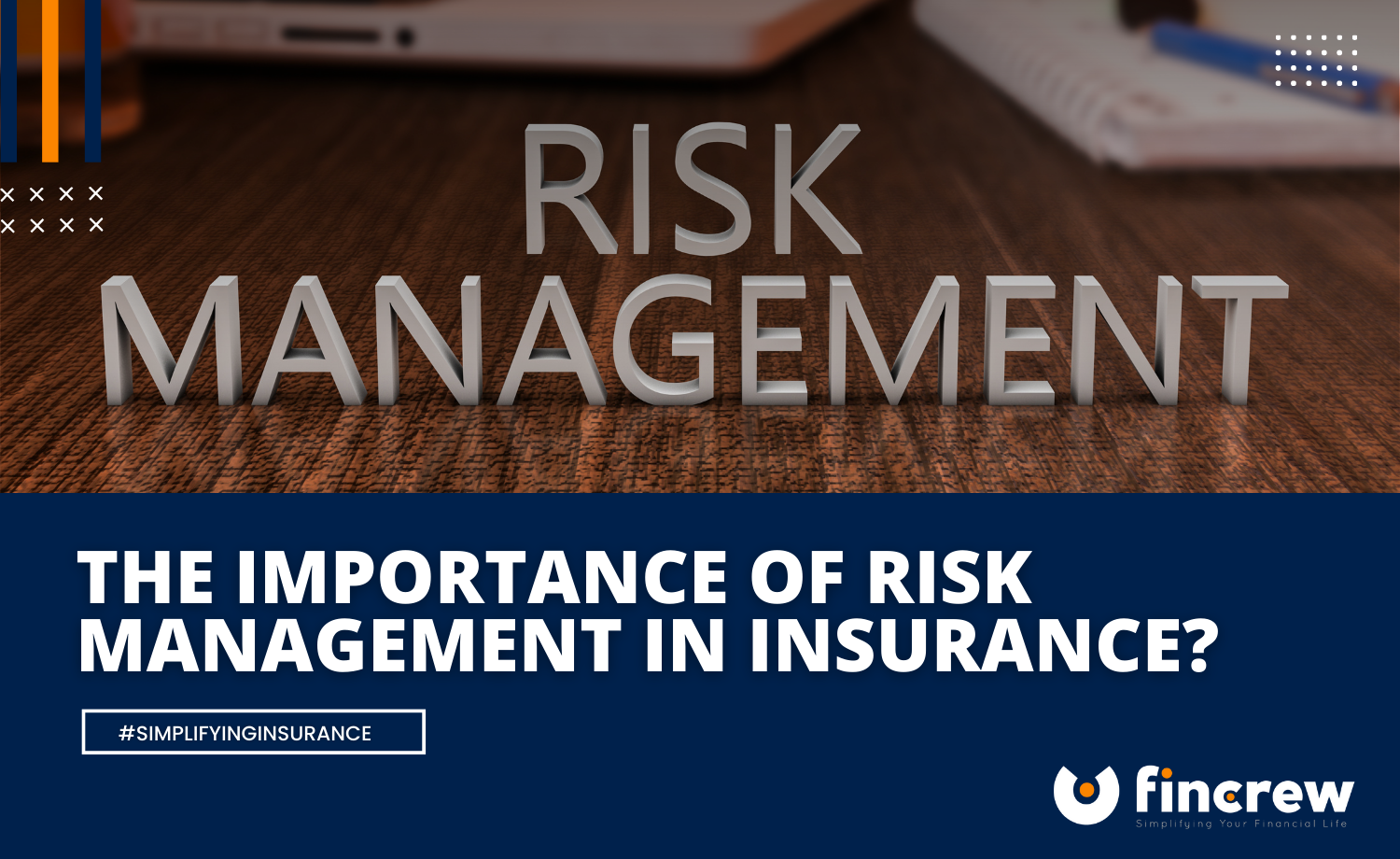Unlocking the True Importance of Risk Management for Long-Term Growth
Unlocking the True Importance of Risk Management for Long-Term Growth
Blog Article
Exploring the Significance of Risk Management for Effective Decision-Making Techniques
In the intricate globe of business, Risk Management becomes an important consider the decision-making process. The capacity to identify possible risks and possibilities, and strategize as necessary, can mean the difference in between success and failure. With devices such as SWOT and PESTEL, companies are equipped to make enlightened choices, fostering strength and adaptability in an ever-changing environment. Wondering just how this works? Let's unload the characteristics better.
Recognizing the Idea of Risk Management
Risk Management, a crucial part in decision-making, is commonly misinterpreted or oversimplified. Risk Management includes disciplined and structured strategies, making use of data and informative analyses. From monetary unpredictabilities, lawful liabilities, calculated Management errors, to mishaps and all-natural catastrophes, it addresses numerous dangers - importance of risk management.
The Role of Risk Management in Decision-Making Processes
In the world of tactical planning and service procedures, Risk Management plays an important role in decision-making processes. Risk Management thus comes to be an essential device in decision-making, assisting leaders to make informed selections based on a thorough understanding of the threats included. Risk Management serves as a vital part in the decision-making processes of any company.

Just How Risk Management Boosts Strategic Preparation
In the context of calculated planning, Risk Management plays an essential duty. Launching with the identification of potential threats, it additionally extends to the execution of Risk mitigation actions. The function of Risk Management is not static however dynamic, as it requires continuous surveillance and adjusting of methods.
Identifying Possible Risks

Implementing Risk Reduction
Having established the relevance of determining potential threats, the next step is to explore Risk reduction. This procedure includes establishing and applying strategies to take care of identified dangers efficiently. It is an important aspect of calculated planning as it improves decision-making by minimizing potential negative outcomes. Risk reduction strategies can vary from Risk avoidance, Risk transfer, to run the risk of decrease. Each strategy must be tailored to the specific Risk, considering its potential influence and the organization's Risk resistance. Effective Risk reduction calls for a deep understanding of the Risk landscape and the prospective effect of each Risk. This understanding makes it possible for organizations to prioritize dangers and designate sources properly, making certain that the most considerable hazards are attended to first.
Surveillance and Readjusting Approaches
Though Risk mitigation is a crucial action in tactical planning, continuous tracking and modification of these approaches is similarly essential. This why not try here continuous procedure allows companies to identify brand-new threats and reassess existing ones, making certain the applied methods continue to be reliable in the ever-changing organization environment. It additionally offers an opportunity to assess the success of the Risk Management measures, allowing modifications to be made where necessary, additional boosting critical planning. Reliable surveillance and modification call for the usage of analytics and essential performance indications (KPIs) to gauge efficiency. These tools give beneficial data-driven understandings that can notify strategic decision-making. Surveillance and changing Risk Management methods is a crucial part for enhancing an organization's strength and strategic preparation.
Case Researches: Successful Risk Management and Decision-Making
On the planet of company and financing, effective Risk Management and decision-making often serve as the pillars of prosperous ventures. One such entity is an international oil firm that mitigated economic loss by hedging versus rising and fall oil prices. In another instance, a technology startup grew by recognizing and accepting risky, high-reward techniques in an unpredictable market. An international financial institution, encountered with regulatory uncertainties, efficiently browsed the circumstance with proactive Risk assessment and vibrant decision-making. These situations highlight the value of sharp Risk Management in decision-making processes. It is not the lack of Risk, but the Management of it, that usually distinguishes effective companies from unsuccessful ones. These situations underscore the crucial duty of Risk Management in tactical decision-making. importance of risk management.
Tools and Methods for Reliable Risk Management
These devices, such as Risk registers and warm maps, aid in determining and examining prospective dangers. Risk response approaches, a crucial element of Risk Management, involve approving, staying clear of, moving, or mitigating dangers. With these techniques and devices, decision-makers can browse the complicated landscape of Risk Management, therefore promoting educated and his response efficient decision-making.
Future Fads in Risk Management and Decision-Making Techniques
As we explore the vast landscape of Risk Management, it ends up being evident that the methods and devices made use of today will remain to advance. Future fads direct towards an increased dependence on innovation, with expert system and artificial intelligence playing significant functions. These modern technologies will certainly make it possible for companies to anticipate possible dangers with better precision and make more enlightened choices. Furthermore, there will be a growing focus on durability, not simply in managing threats however additionally in bouncing back from negative scenarios. The principle of Risk culture, where every participant of a company is mindful and included in Risk Management, will get much more prominence. These trends proclaim their explanation a more comprehensive and aggressive method in the direction of Risk Management and decision-making.
Verdict

Risk Management therefore becomes an important device in decision-making, assisting leaders to make enlightened selections based on a thorough understanding of the dangers entailed. Risk reduction approaches can range from Risk evasion, Risk transfer, to run the risk of reduction (importance of risk management). Reliable Risk mitigation calls for a deep understanding of the Risk landscape and the possible influence of each Risk. Risk action approaches, a vital component of Risk Management, entail accepting, staying clear of, transferring, or mitigating dangers. The principle of Risk culture, where every participant of a company is aware and involved in Risk Management, will acquire a lot more importance
Report this page